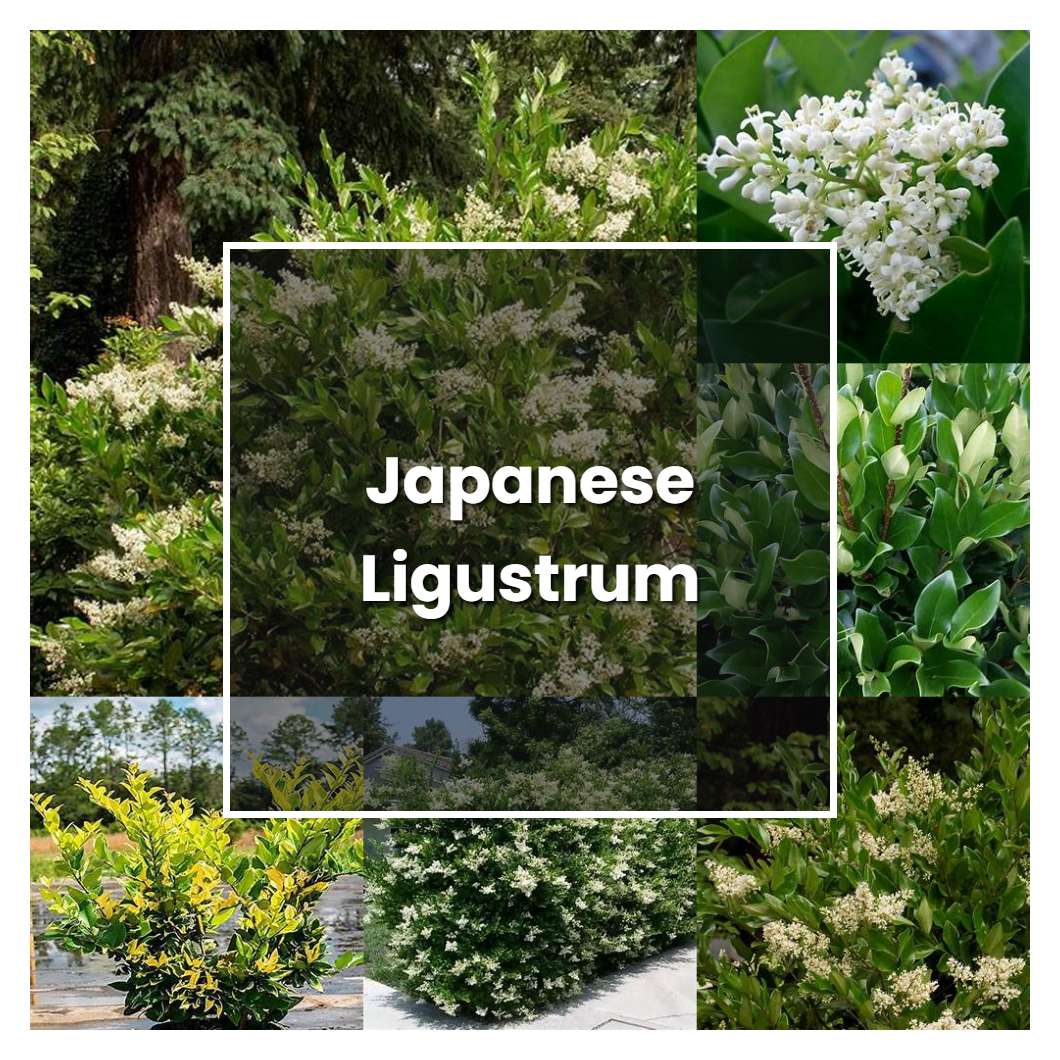Japanese ligustrum is a very versatile plant. It can be used as a hedge, screen, or foundation planting. It is a fast grower and can reach up to 6 feet tall and 8 feet wide. The leaves are dark green and the flowers are white.

Related plant:
Japanese Azalea Orange
Related plant:
Japanese Mock Orange
About soil condition, Japanese ligustrum can grow in sandy loam, loam, or clay soil that is moist but well-drained. It prefers full sun but can tolerate some partial shade, especially in hot summer climates.
Similar to other Japanese ligustrums, the sun light requirement for this plant is at least six hours of full sun per day in order to maintain its compact growth habit. If you live in an area with less sun, you can grow it in partial sun. It will still do well, but it may not be as dense.
The temperature condition that is best for a Japanese ligustrum is one that is warm but not too hot. This plant does not like extreme cold or heat and prefers a moderate temperature. You should also make sure that the plant has enough humidity, as it will not do well in dry conditions.
Ideal humidity condition for this plant is 60-70% Ligustrum is a genus of about 50 species in the family Oleaceae, native to temperate regions of the Northern Hemisphere. The genus includes the type species Ligustrum vulgare, commonly called European privet or wild privet.
About fertilizer, this family of plant responds well to organic matter. You can work some compost into the root zone when you plant or top dress with compost in early spring and fall. You can also use a balanced fertilizer such as 10-10-10. Apply it according to package directions in early spring. These plants are relatively drought tolerant once they are established, but they will benefit from supplemental watering during prolonged dry periods.
Pruning is an important part of caring for a Japanese ligustrum. This type of tree responds well to pruning, so you can trim it to shape as desired. It's a relatively fast grower, so you'll need to prune it every few months to keep it looking its best. Trimming away any dead or damaged branches is the first step. Then, you can shape the tree by cutting back any overgrown branches. Pruning should be done in the late winter or early spring.
Propagation of Japanese ligustrum is best done by rooting stem cuttings taken from the tips of young, vigorous shoots in late spring. Cuttings should be about 6 inches long and made just below a leaf node. The bottom 2 inches of each cutting should be dipped in root hormone powder and planted in a well-drained potting mix. Be sure to keep the cuttings moist but not wet until they have rooted, which should take four to six weeks. Once rooted, the young plants can be transplanted into the garden.
Usually, the plant growth rate are about 10 to 15 inches a year, but there are some that can grow up to 30 inches a year. The plant does best in partial to full sun, and prefers well-drained soil. It is a adaptable plant and can tolerate some drought conditions.
Common problems for this kind of plant plants include root rot, powdery mildew, and leaf spots. Root rot is caused by too much moisture in the soil, which leads to the plant's roots decaying. Powdery mildew is a white or gray powdery substance that appears on the leaves and stems of the plant. Leaf spots are small, dark spots that appear on the leaves of the plant.
Source:
Ligustrum japonicum - University of Florida
Ligustrum japonicum 'Variegatum': 'Variegatum' Japanese Privet1
JC Raulston Arboretum - Our Plants - Ligustrum japonicum 'Little
